
More than three years after the COVID-19 pandemic commenced, product shortages continue to plague shoppers.
Several items now are in short supply at your favorite retailers and other places. They range from cleaning supplies to important medications.
Following are items that have become harder to find on store shelves and elsewhere — or that might be soon.
1. Car parts

A shortage of car parts has plagued the auto industry for a few years. The auto workers strike that is now underway threatens to make the problem worse.
NPR reports that the strike has expanded to distribution centers for both Stellantis and GM in 20 states. That could slow the shipping of car parts.
The upshot? Pete DeVito of the United Service Workers Union — which represents employees at car dealerships — tells NPR the strike could leave some vehicles that need repairs stuck in dealerships for two to three months.
2. Clorox cleaning supplies
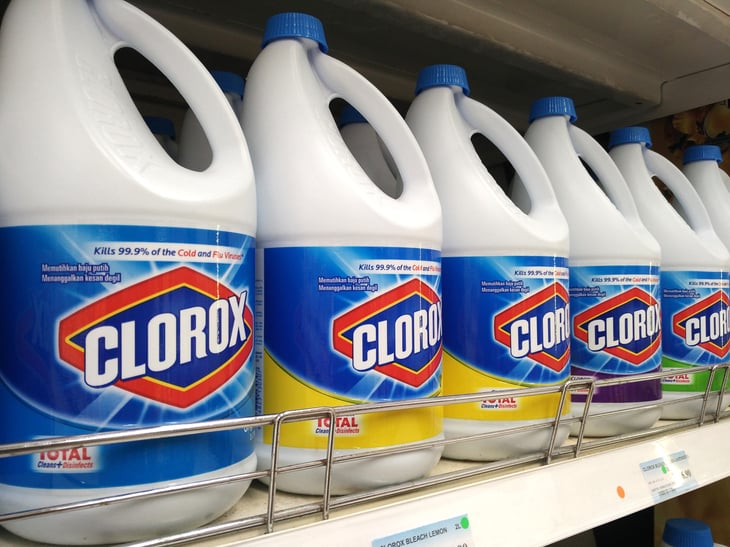
A cybersecurity attack on the IT infrastructure at the Clorox Co. has hobbled the company’s processing rate. That means Clorox products are slow to get to market.
Things are looking better now, but in a recent statement, Clorox emphasized that it cannot say for sure when things will return to normal:
“We expect the ramp-up to full production to occur over time but do not yet have an estimate for how long it will take to resume fully normalized operations.”
3. Pumpkins

A combination of weather extremes — drought on one hand, too much rain on the other — means there may be a shortage of pumpkins this Halloween season. States such as New Jersey, Kentucky and Texas all may have fewer locally grown gourds available.
Fortunately, other states are doing much better. Raghela Scavuzzo, the associate director of food systems development for the Illinois Farm Bureau, told ABC News:
“We were really concerned early on in the season with the summer, with the drought, followed by a lot of rain. But we’re really happy to announce that overall this is gonna be a pretty good pumpkin season.”
4. Blood
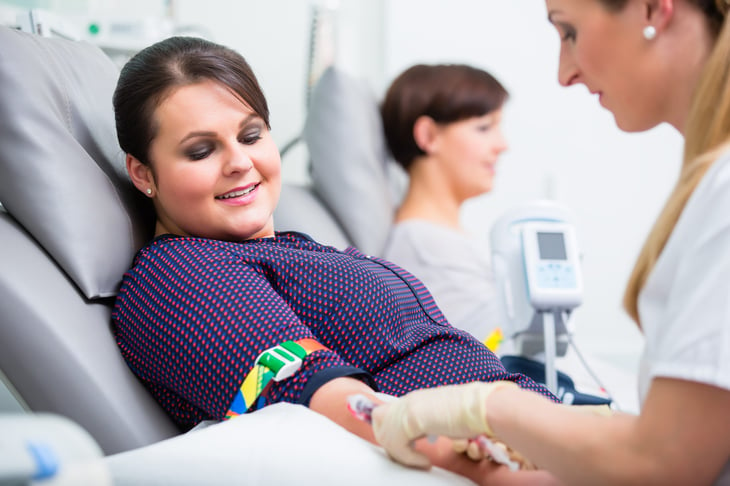
In September, the American Red Cross declared a national blood shortage. At that time, the Red Cross said supply had dropped almost 25% since early August.
When supplies of blood drop, it can take weeks to get them back to normal. The Red Cross urges anyone who can do so to donate.
5. Distribution transformers
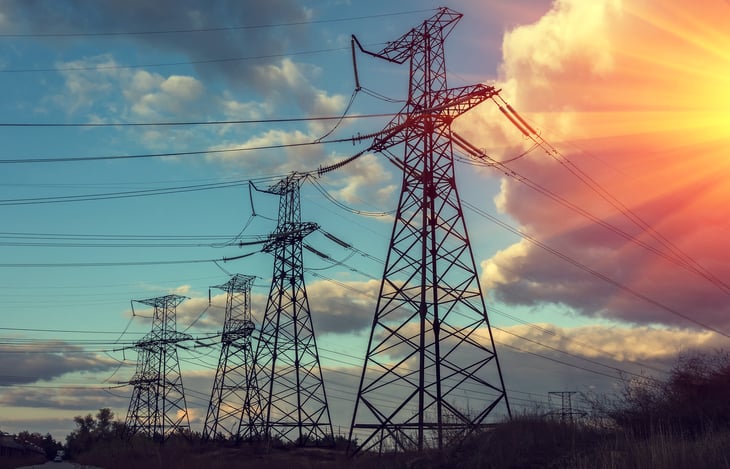
A shortage of distribution transformers has left thousands of newly built homes sitting empty, according to Builder magazine.
These transformers lower the voltage from power lines so it is at a level that is safe for home use. Alex Strong, senior federal legislative director for the National Association of Home Builders, tells Builder:
“Coming out of the pandemic, we were experiencing significant shortages and delays in getting distribution transformers necessary to build communities. I think that problem has only gotten worse.”
6. Amoxicillin
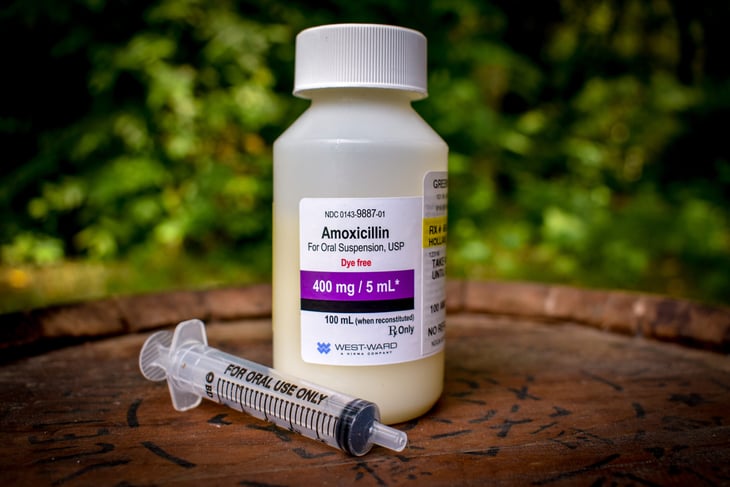
The U.S. Food and Drug Administration says amoxicillin tablets and powder — the later of which is used in liquid suspensions — are in short supply.
Amoxicillin is the most commonly prescribed antibiotic in the U.S., with 42.9 million prescriptions issued in 2021, according to federal data.
7. Pediatric cancer drugs
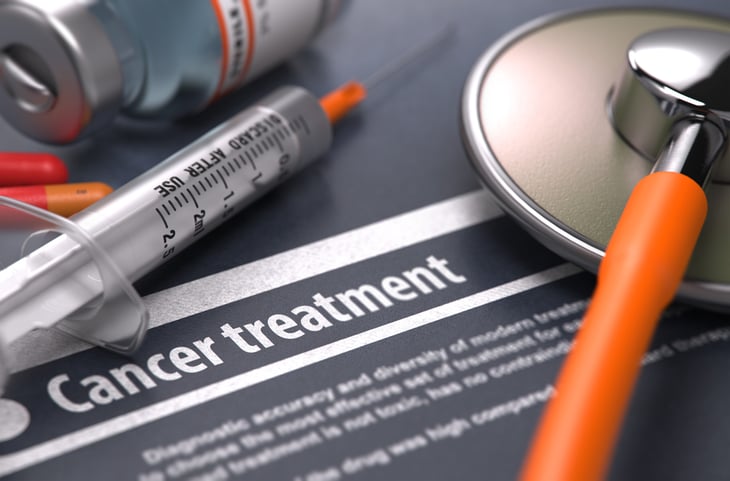
Two drugs that are used in pediatric cancer treatments — dacarbazine and vinblastine injections — are in short supply, according to the FDA.
Contrary to some news reports, another pair of injections — Carboplatin and Cisplatin — also have limited availability, the FDA says.





Add a Comment
Our Policy: We welcome relevant and respectful comments in order to foster healthy and informative discussions. All other comments may be removed. Comments with links are automatically held for moderation.